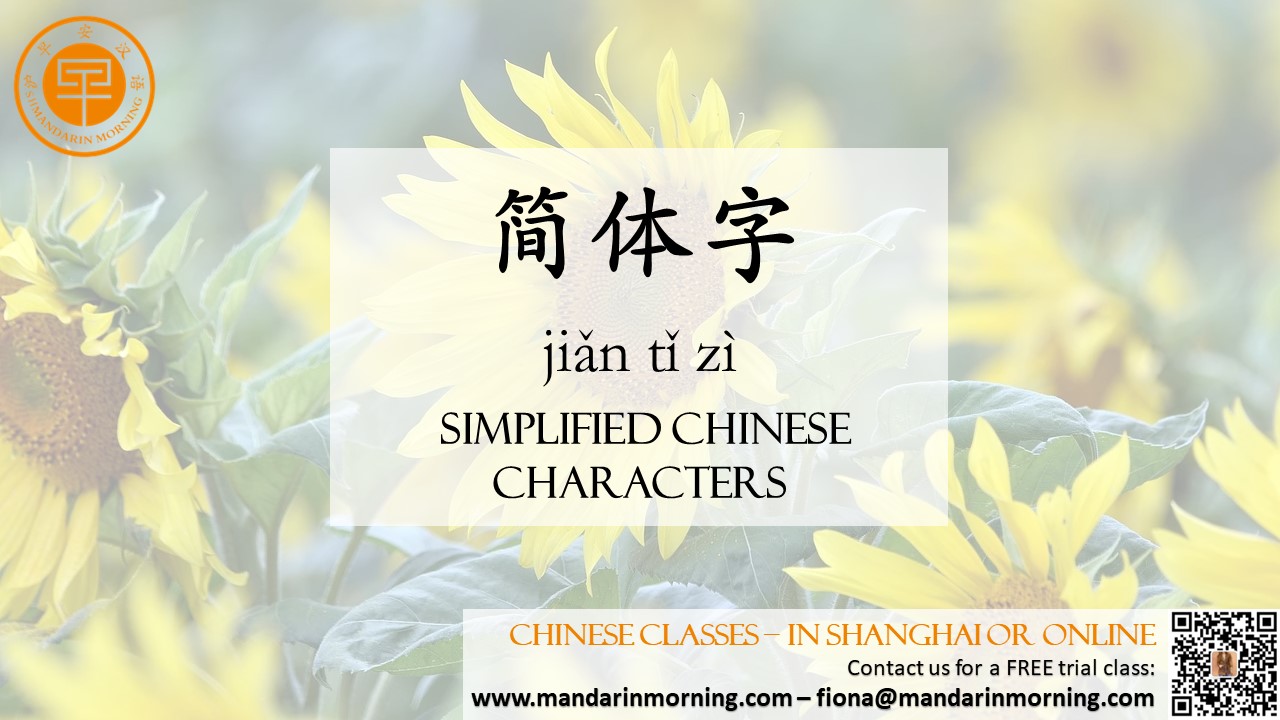| What’s the Difference Between Fántǐzì (繁体字) and Jiǎntǐzì (简体字)? Traditional and simplified characters are related to writing systems with different histories and users. It is important for anyone studying Chinese to understand the key differences between these two types of Chinese characters.  繁体字 (Fántǐzì), or Traditional Chinese Characters Traditional characters are the standardized form of Chinese writing that were used for hundreds of years. The concept of a unified script first began during the Qin Dynasty. This script has remained more or less unchanged since the 5th century AD. Each traditional character has a certain meaning packed into it. Parts of a character known as the radical denote certain themes like fire, water or grass; they give clues about the meaning of the character. Characters with similar sounds also tend to share visual similarities. Characters with the same endings or beginnings, for example, might share certain aspects in common. Because each traditional character contains so much meaning, these are often very elaborate. Traditional characters often require dozens of strokes to write, making learning and writing characters very time-consuming. Traditional characters are often called fantizi (“complex characters”). Less commonly, they can be called zhengtizi (“standard characters”) or quantize (“full-bodied characters”). 简体字 (Jiǎntǐzì), or Simplified Chinese Characters At the beginning of the 20th century, reformers began to argue that Chinese characters were cumbersome, difficult to learn, and obstructed China’s path to modernization. Some reformers even argued that China should abandon a character-based writing system altogether. In 1956 mainland China began a round of character reforms. These reforms were intended to simplify Chinese characters to make them easier to learn and increase literacy. Many characters had the number of necessary strokes drastically reduced. In some cases, the simplified characters were still similar to their corresponding traditional characters. In other cases, they were changed beyond recognition. In 1964 the government introduced another round of simplifications. In 1977, even more, characters were simplified, but in the mid-1980s the government reverted to the 1964 set of simplified characters. Many traditional characters were left unchanged. Also, note that the simplification process did not change the pronunciation of any characters. Simplified characters are usually referred to as jiantizi in Chinese. |